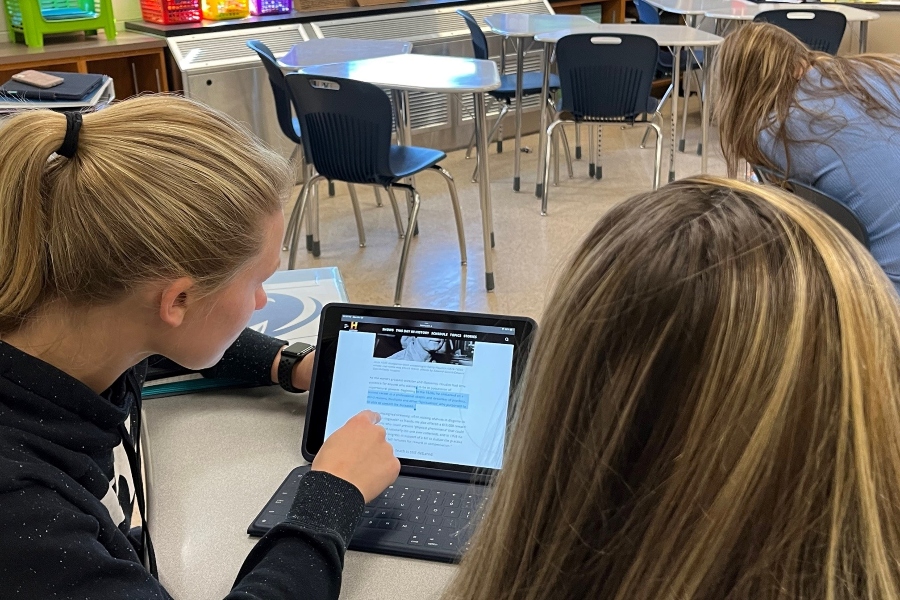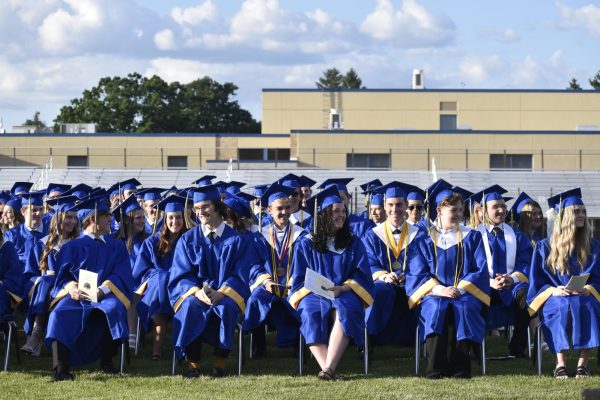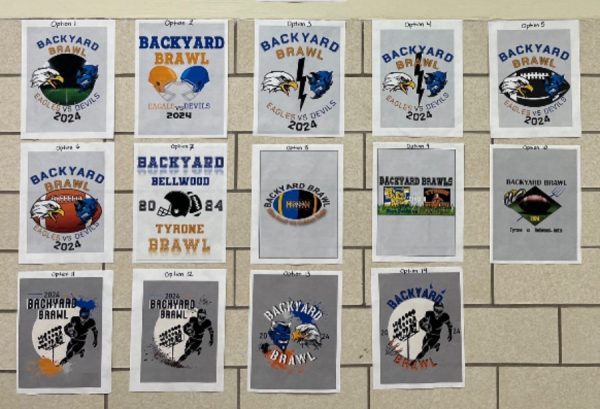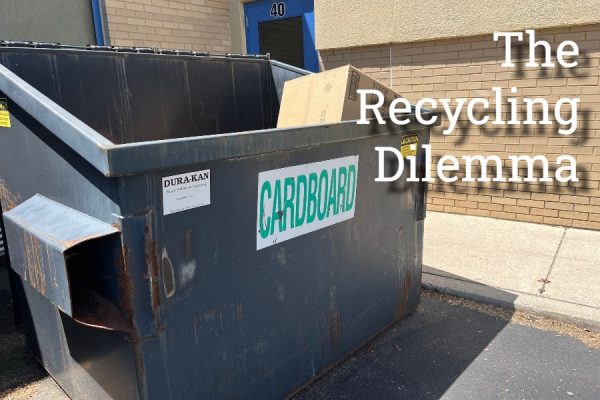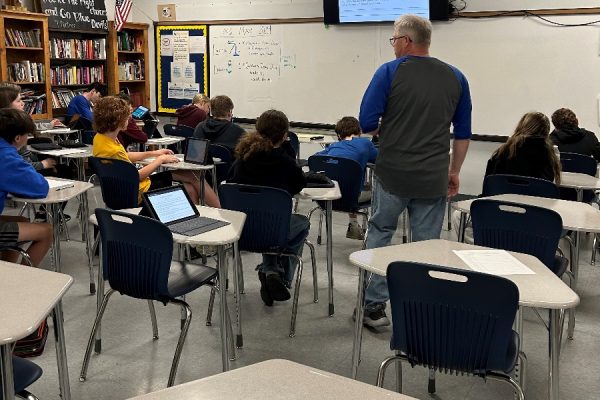Digital reading overtaking paper reading
Students at B-A generally have the option to complete their reading with a hard copy or online.
October 24, 2022
Over the last 30 years schools have developed a reliance on technology that has a heavy influence on education.
During the 2019-2020 school year, school shutdowns during the pandemic made the use of computers or tablets essential for at-home learning. Paper textbooks are becoming “obsolete,” according to Microsoft founder Bill Gates.
With technology seemingly taking over our everyday lives we must ask ourselves, is there really a point to have paper books anymore?
In 2021, the United States Environmental Protection Agency found that 640,000 tons of books were thrown into landfills annually, an astronomical number that shows the depleting meaning of paper books to humans and students.
However, most schools have not made the complete switch to paperless education, and many students and teachers at Bellwood-Antis like it that way.
“For a serious deep dive and a submersive reading experience paper or physical copies are the best. I think physical copies allow for slower reading with less skimming – which happens a lot with online reading,” said English teacher Mr. Kerry Naylor.
Most research backs up this feeling. A study of teens in approximately 30 countries found that those who said they most often read paper books scored 49 points higher on the 2018 Program for International Student Assessment reading test than teens who said they rarely or never read books.
It has been proven that readers absorb information easier and retain it better when it comes from a book. According to Oxford scientists, things as simple as touching, seeing, feeling, even smelling the book led to more sense in use when reading it.
However, for some readers it is all about preference, and at the end of the day the goal of B-A’s English teachers is to get students wanting to read.
“I believe that it depends on the individual person. Some people prefer a digital version and enjoy reading a PDF of a novel, or some enjoy reading a book on a Kindle,” said English teacher Mrs. Carol Bartlett.
Along with providing reading options, iPads and computers also have the ability to draw the attention of younger kids a lot better than a book would as well. According to National Geographic, students saw learning gains after as little as 20 minutes of study on the iPad.
With the average screen time in the U.S. being a little over 7 hours a day, 20 minutes is not all that much.
However, the amount of screen time reading on tablets and iPads encourages behavior that could be physically harmful. Many studies show that blue light can damage light-sensitive cells in the retina. This can lead to early age-related macular degeneration, which can lead to loss of eyesight.
“I prefer reading with physical books because it had less strain on my eyes and flipping the pages make reading easier and more enjoyable,” junior Olivia Hess said.
Although schools are slowly working out paper learning, Mr. Naylor doesn’t think books are going away anytime soon.
“At least during my career I don’t see that happening,” he said. “Companies constantly work to make the online reading experience better and more pleasant, so I imagine someday getting rid of books may happen, but I think there will always be a market for physical books.”


